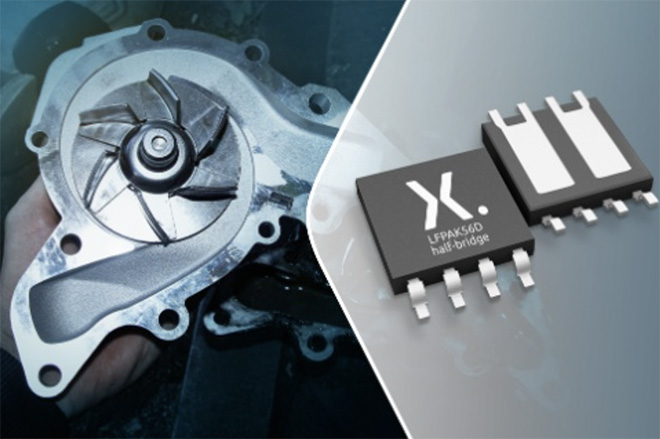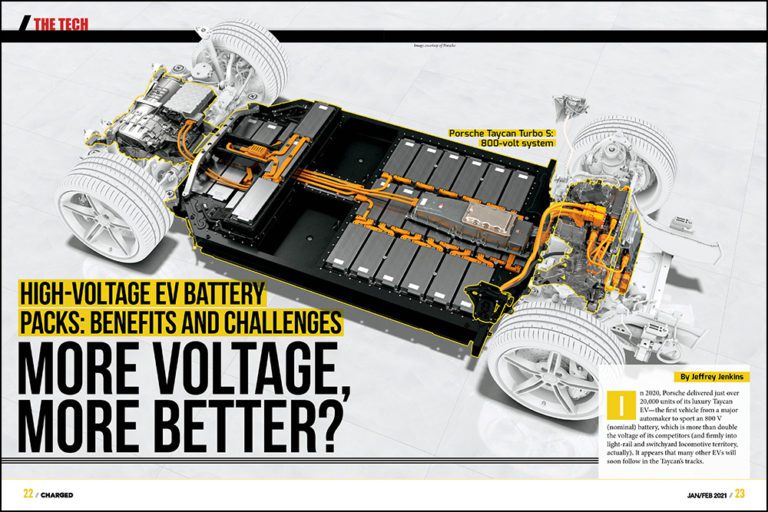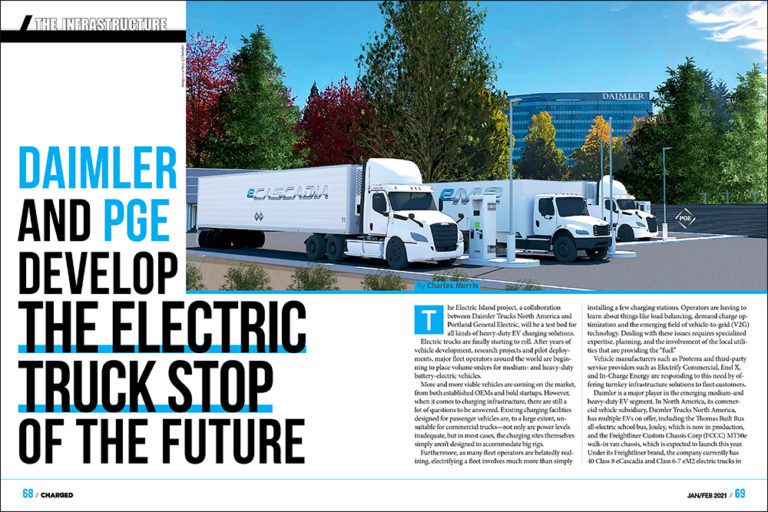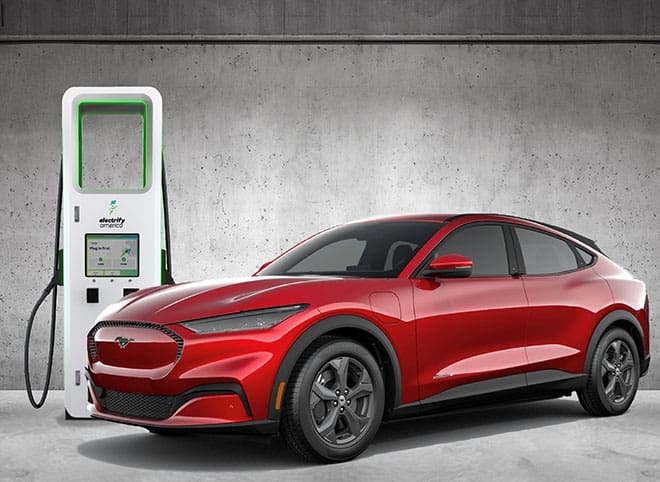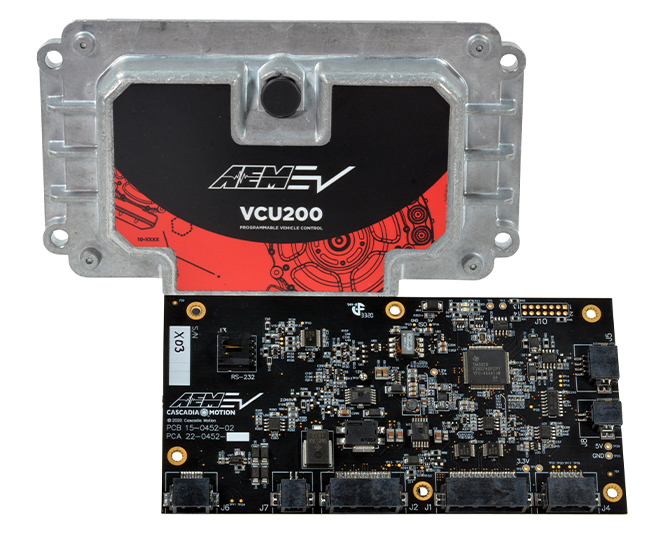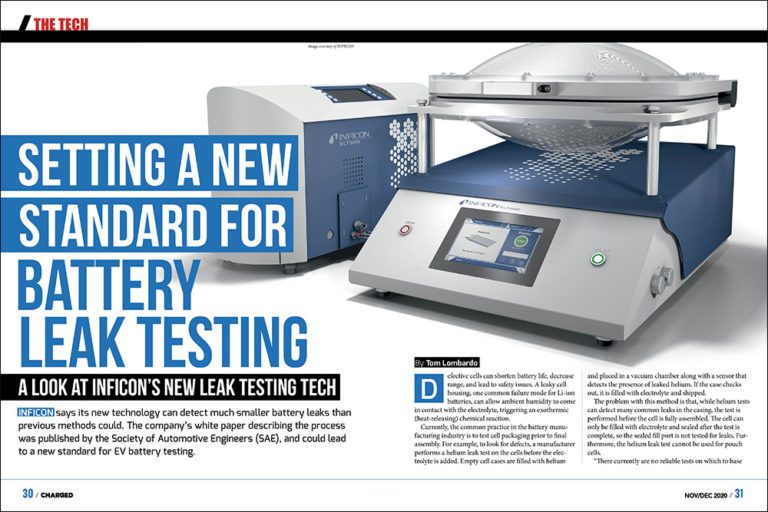Waste haulers have been experimenting with various types of alternative-fuel vehicles for years. As a recent article in Transport Dive reports, major public companies including Waste Management, Waste Connections and Republic Services, as well as private haulers such as Recology, and some municipally run fleets, have tested various types of EVs, as well as other… Read more »
Search Results Found For: "Plug & Charge"
Nexperia extends MOSFET line-up with AEC-Q101-qualified half-bridge package
Nexperia has announced a series of half-bridge (high-side and low-side) automotive MOSFETs constructed in the space-saving LFPAK56D package format. The half-bridge configuration of two MOSFETS is a standard building block for many automotive applications, including motor drives and DC/DC converters. The new package provides a half-bridge solution in one device, and occupies a 30% smaller… Read more »
High-voltage EV battery packs: benefits and challenges. More voltage, more better?
In 2020, Porsche delivered just over 20,000 units of its luxury Taycan EV—the first vehicle from a major automaker to sport an 800 V (nominal) battery, which is more than double the voltage of its competitors (and firmly into light-rail and switchyard locomotive territory, actually). It appears that many other EVs will soon follow in… Read more »
Is aviation the best application yet for hydrogen fuel cells?
Q&A with ZeroAvia CEO Passenger cars are well on their way to going electric, and the path to a big market share for heavy-duty EVs such as buses and delivery trucks is becoming clearer. However, aviation remains a new frontier for zero emissions. There are several new powertrain options, and none has yet proven itself… Read more »
Daimler and PGE develop the electric truck stop of the future
The Electric Island project, a collaboration between Daimler Trucks North America and Portland General Electric, will be a test bed for all kinds of heavy-duty EV charging solutions. Electric trucks are finally starting to roll. After years of vehicle development, research projects and pilot deployments, major fleet operators around the world are beginning to place… Read more »
Is Ford’s increase in EV investment a shot across GM’s bow?
Ford’s Q4 2020 earnings report included an announcement that the automaker will increase its investments in electrification to at least $22 billion through 2025, nearly twice the previously-announced level (the company also committed an additional $7 billion to autonomous vehicle tech). As auto analyst John Voelcker pointed out, Ford’s figure tops GM’s announced investment of… Read more »
AEM’s new control board increases Tesla Drive Unit’s power in EV conversions
AEM EV plans to release a comprehensive control system for EV conversions using a Tesla Large Drive Unit (LDU) Base Drive that increases horsepower over the factory output. AEM’s Inverter Control Board was co-developed with Cascadia Motion, a maker of EV propulsion systems, and is intended to be combined with AEM EV’s VCU200 vehicle control… Read more »
Isolation technologies for EV power electronics
A previous article on bidirectional chargers touched on using transformers to provide isolation at high power levels—in which application they are the only game in town, really—but this time the focus will be on achieving isolation at low power levels, such as the feedback signal in a regulator, data communication buses between devices, gate drivers… Read more »
2022 GMC Hummer EV: the biggest, baddest, butchest EV to hit the market?
The news that General Motors would relaunch the infamous Hummer name—as an all-electric truck no less—broke a few days before the high-dollar, high-visibility 2020 Super Bowl ad that introduced that vehicle to the world. After a succession of carefully staged events for media and the public, we now know that the 2022 GMC Hummer EV… Read more »
Setting a new standard for battery leak testing
Defective cells can shorten battery life, decrease range, and lead to safety issues. A leaky cell housing, one common failure mode for Li-ion batteries, can allow ambient humidity to come in contact with the electrolyte, triggering an exothermic (heat-releasing) chemical reaction. Currently, the common practice in the battery manufacturing industry is to test cell packaging… Read more »





